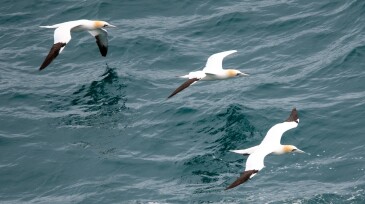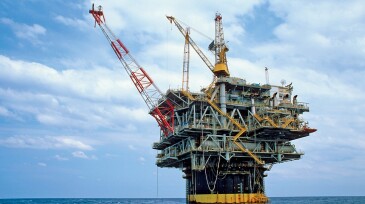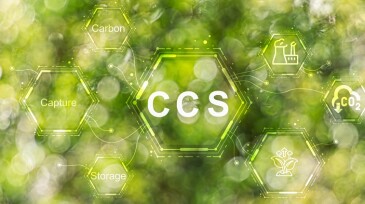environment
-
This paper presents the bioremediation of oil-contaminated soil by the application of microorganisms immobilized in coconut fiber.
-
The facility has more than 100,000 solar panels and is capable of producing 65 MW.
-
The nonprofit said the satellite likely is unrecoverable but that it will continue to analyze the data it had collected.
-
Buoy-based camera footage, analyzed by artificial intelligence, can help reduce the risk of birds colliding with offshore wind farm turbines.
-
The two companies said they will evaluate the possibility of a joint venture to develop a direct air capture hub in South Texas, with XRG considering investing up to $500 million.
-
The company has transformed its former Genesis platform into an artificial reef for marine life off the coast of Louisiana.
-
The agreement calls for approximately 2.3 million metric tons of carbon dioxide to be securely stored per year at 1PointFive’s Pelican Sequestration Hub in Louisiana.
-
This article describes a technology combining a compression unit with a flexible line to offer a flaring alternative for transferring hydrocarbons.
-
This paper describes a deep-learning image-processing model that uses videos captured by a specialized optical gas-imaging camera to detect natural gas leaks.
-
This paper aims to provide insights to address the challenge of identifying the optimal point within the gas-processing lineup for recovering a high-purity CO₂ stream suitable for sequestration.










